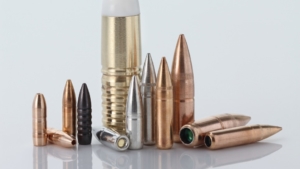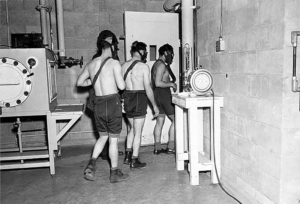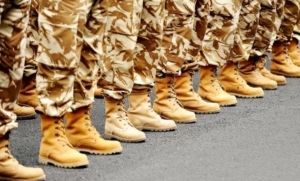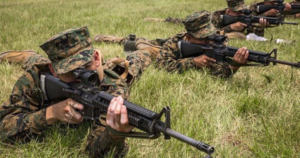Next Generation Bullets- Will They Hit Moving Targets?

By Debbie Gregory.
The Army is looking to takes bullets and mortar shells to the next level: hitting a moving target. For example, a bullet that would be able to change its trajectory, scale a wall and hit the target hiding behind it would be the ideal.
A maneuverable projectile that could continuously adjust its trajectory could offer numerous benefits, such as “extreme range extension, enhanced maneuver authority, and increased trajectory shaping. The challenge is building small projectiles with actuators that can withstand being shot out of a gun.
Some actuators can survive being launched from artillery pieces that impart a force of 20,000 times the force of gravity. But direct fire weapons can impose bigger stresses: the electromagnetic railguns that the U.S. military is developing, for example, impart a force of 60,000 times gravity.
The Army will more than likely turn the project over to a defense contractor, such as Lockheed Martin or Raytheon.
Raytheon already has skin in the guided artillery game – the company’s Excalibur shells are guided by external fins that pop out after firing. But these shells, shot indirectly from miles away, are really suited to hit stationary targets. Regular artillery shells have an accuracy of landing about 650 feet from the target, according to the army. The M1156 guidance kit, which can be fitted to turn regular shells into smart shells, has an accuracy of 165 feet, while even an Excalibur shell still has an accuracy of sixty-five feet from the target.
Military Connection salutes and proudly serves veterans and service members in the Army, Navy, Air Force, Marines, Coast Guard, Guard and Reserve, and their families.




 By
By 




















